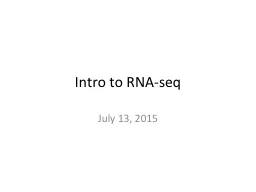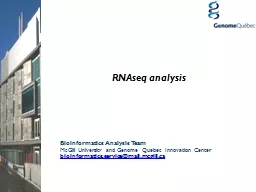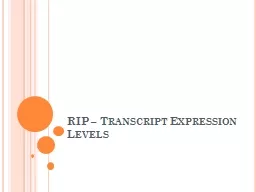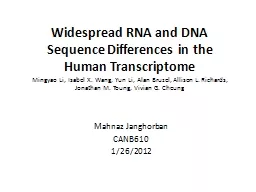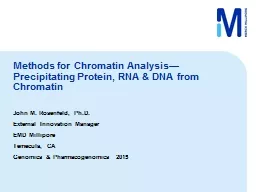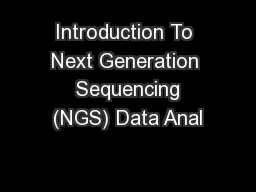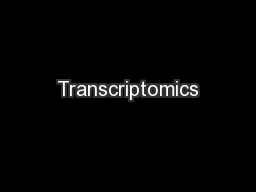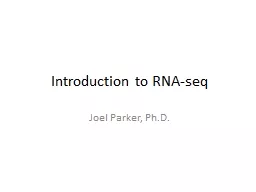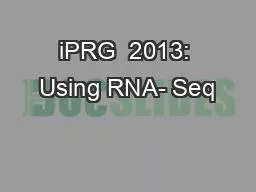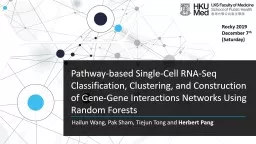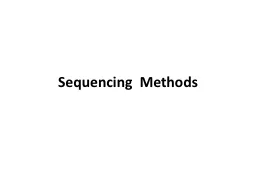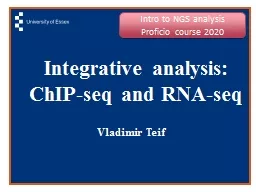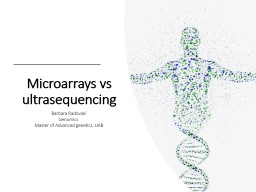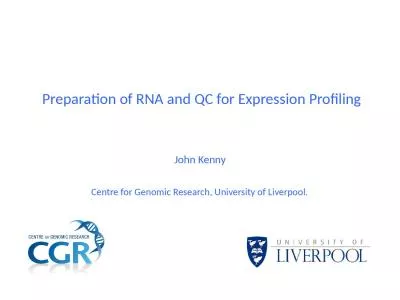PPT-Intro to RNA-seq
Author : yoshiko-marsland | Published Date : 2016-08-06
July 13 2015 Goal of the course To be able to effectively design and interpret genomic studies of gene expression We will focus on RNAseq but the class will provide
Presentation Embed Code
Download Presentation
Download Presentation The PPT/PDF document "Intro to RNA-seq" is the property of its rightful owner. Permission is granted to download and print the materials on this website for personal, non-commercial use only, and to display it on your personal computer provided you do not modify the materials and that you retain all copyright notices contained in the materials. By downloading content from our website, you accept the terms of this agreement.
Intro to RNA-seq: Transcript
Download Rules Of Document
"Intro to RNA-seq"The content belongs to its owner. You may download and print it for personal use, without modification, and keep all copyright notices. By downloading, you agree to these terms.
Related Documents

